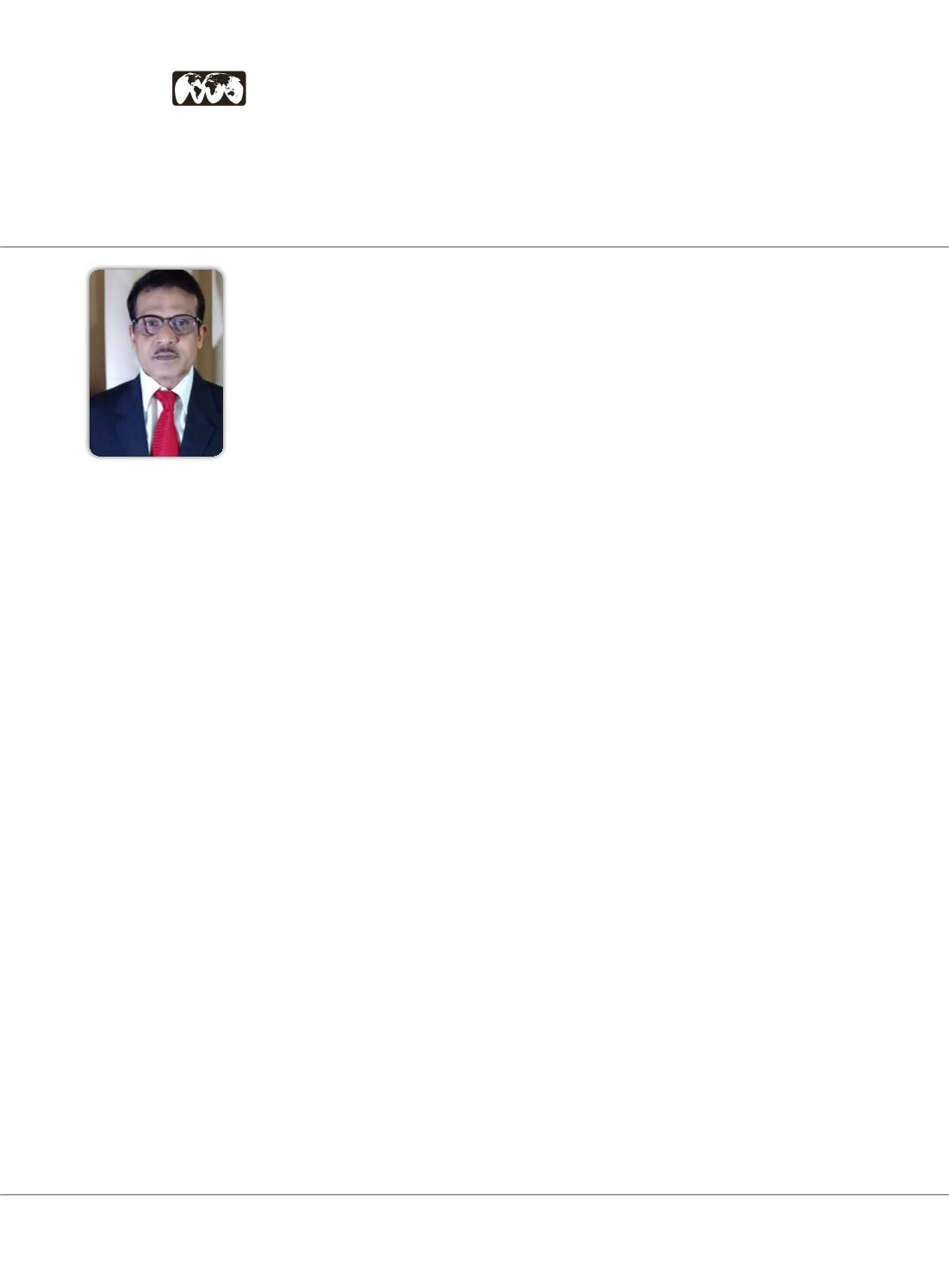

allied
academies
Page 14
Research and Reports in Gynecology and Obstetrics | Volume 3
November 14-15, 2019 | Singapore
Obstetrics and Gynecology
4
th
International Conference on
O
varian hyper stimulation syndrome (OHSS) is an iatrogenic
life-threatening condition in women’s reproductive
life, taking place during the process of inducing follicular
development & ovulation, especially in ART practice. This
iatrogenic complication may start in luteal phase and/or
during early pregnancy after ovulation or ovulation induction.
OHSS in generally associated with exogenous gonadotropin
stimulation, occasionally it can be seen in Clomiphene/
Letrozole induced cycle. It is almost unknown in natural cycle.
This condition is HCG dependent & therefore, OHSS happens
in spontaneous pregnancies where there is supraphysiological
concentration of HCG e.g. in multiple pregnancy and molar
pregnancy or when there is FSH receptor mutation increasing
its sensitivity to Trophoblastic HCG. OHSS consists of cystic
ovarian enlargement, overproduction of ovarian hormones
and vasoactive endothelial growth factor (VEGF) which is a
potent angiogenic cytokine that stimulates follicular growth,
corpus luteum function and ovarian angiogenesis. VEGF is
responsible for capillary hyperpermeability & thus fluid shift
from intravascular space to third space resulting in awide range
of clinical symptoms (abdominal discomfort, acute abdomen,
respiratory distress etc.) and laboratory signs (low hematocrit,
low serumalbumin etc.) Understanding of the pathophysiology
of OHSS is important to prevent &manage the same.
OHSS free clinic protocol aims at: -
1. Identifying primary risk factors (high level AMH, Age, AFC,
previous OHSS, PCOS).
2. Selection of low risk stimulation protocols in ART.
3. Avoiding secondary risk factor (high peak E2, retrieval of
more than 15 oocytes).
4. Stimulation protocol modification and avoiding HCG trigger.
5. Cancellation of cycle & freezing all embryos to transfer in
other date (I.e., zero OHSS in fresh transfer).
6. In vitro maturation technique, which is promising.
Speaker Biography
S K Das is the Director of Swagat Hospital & Research Centre, Bongaigaon,
Assam, India. He graduated (MBBS) from Guwahati University in 1987. He
obtained his postgraduate (MD) from Guwahati University 1996, FICOG
(India). He has over 10 publications. He has been faculty in various national
& international conferences.
e:
drsankarkumardas@rediffmail.comS K Das
Swagat Hospital & Research Centre, India
Can ovarian hyper stimulation free clinic be a reality?
S K Das
, Res Rep Gynaecol Obstet, Volume:3
DOI: 10.35841/2591-7366-C3-007
















